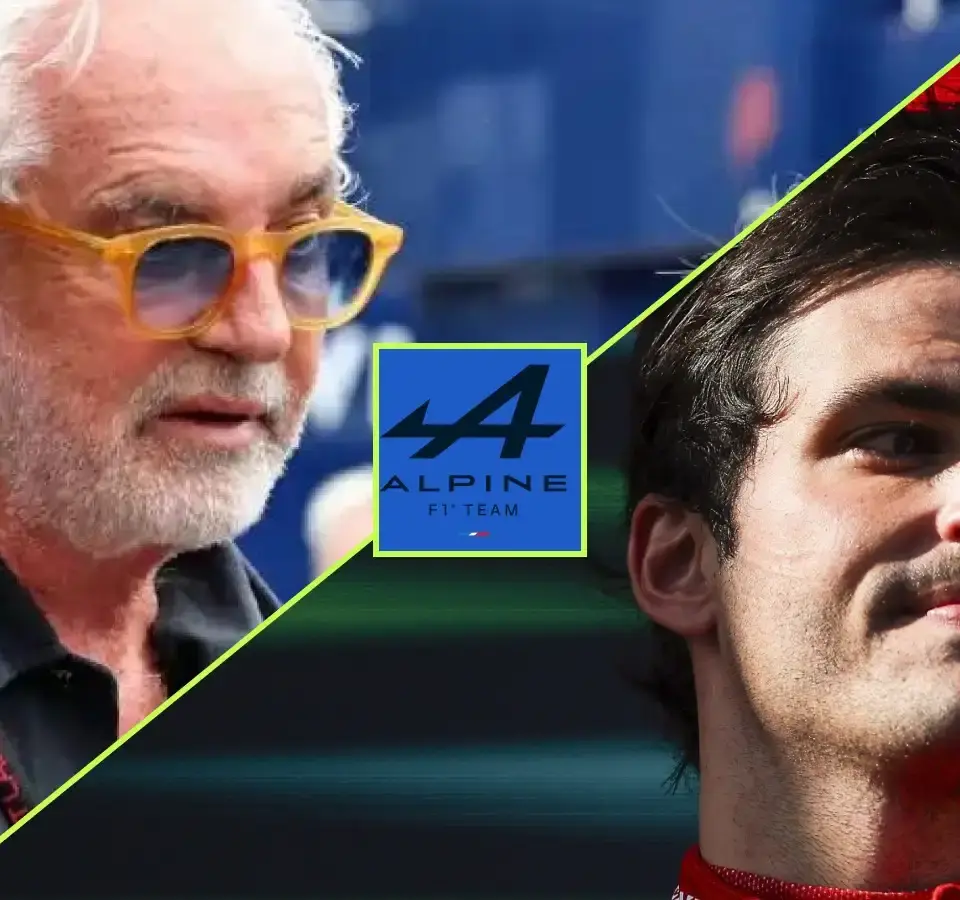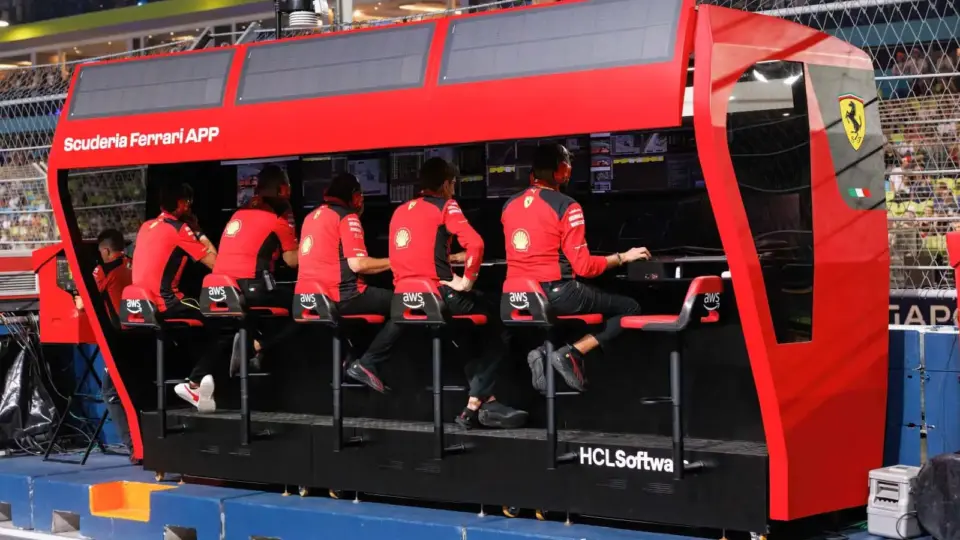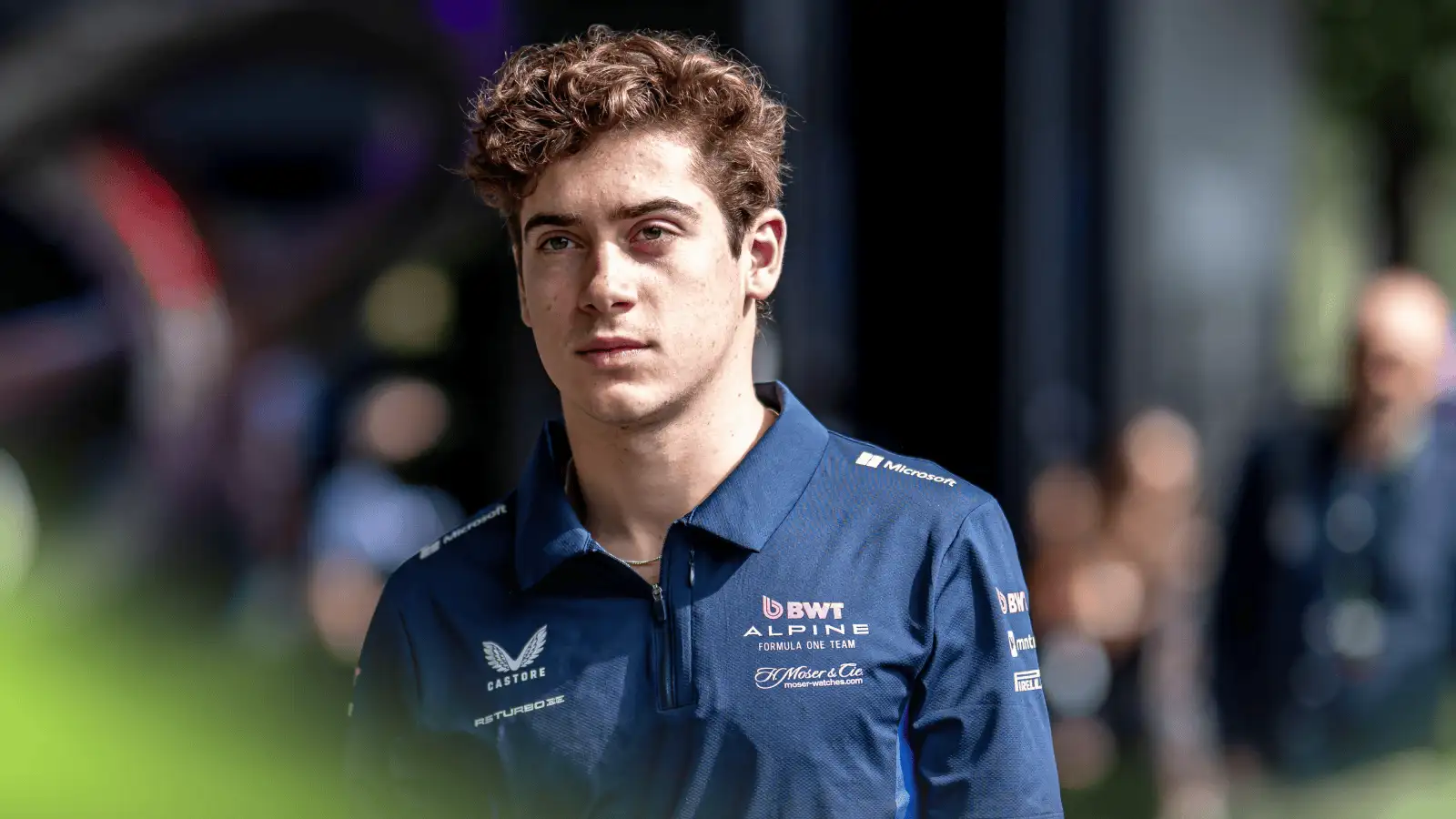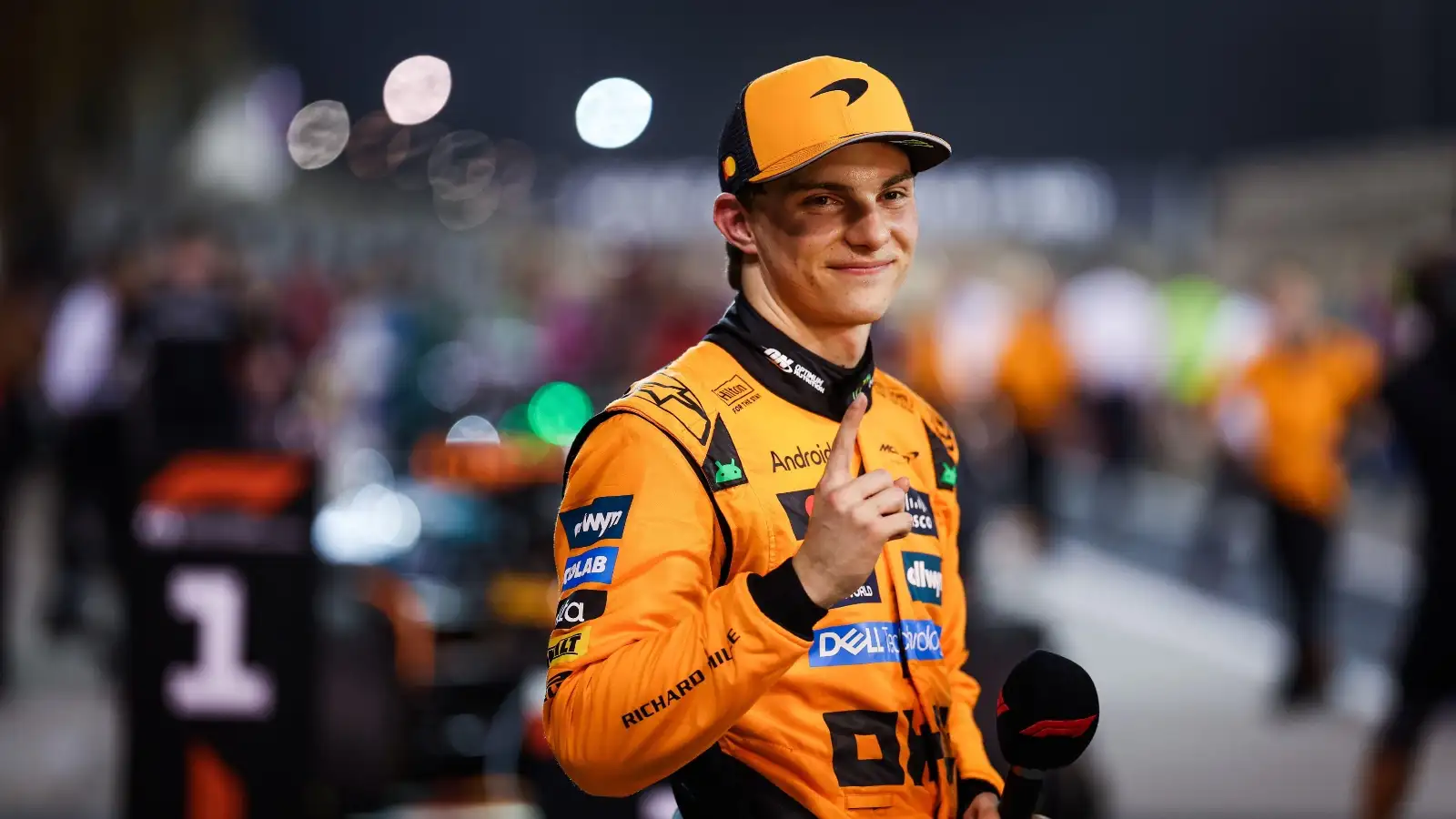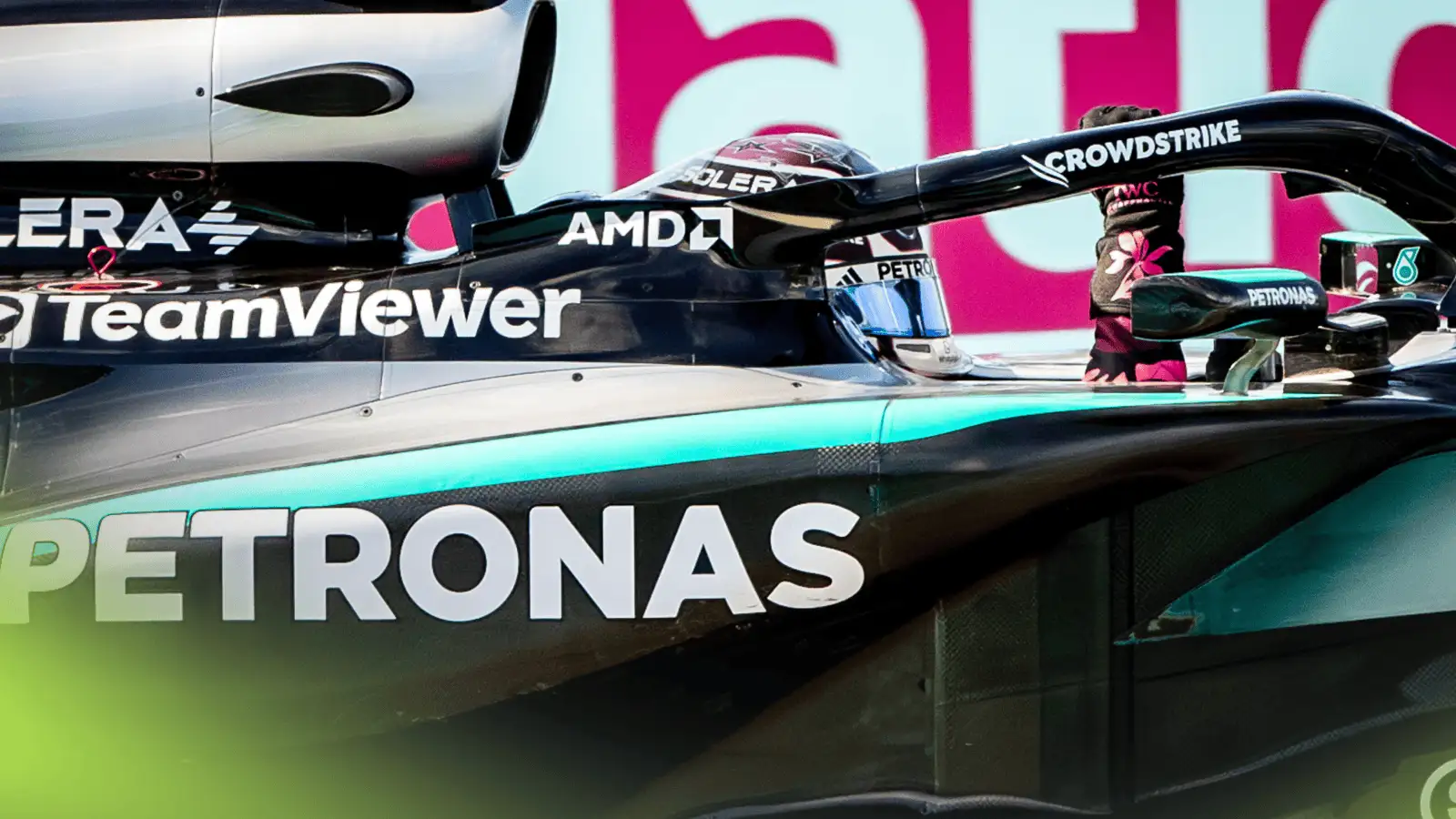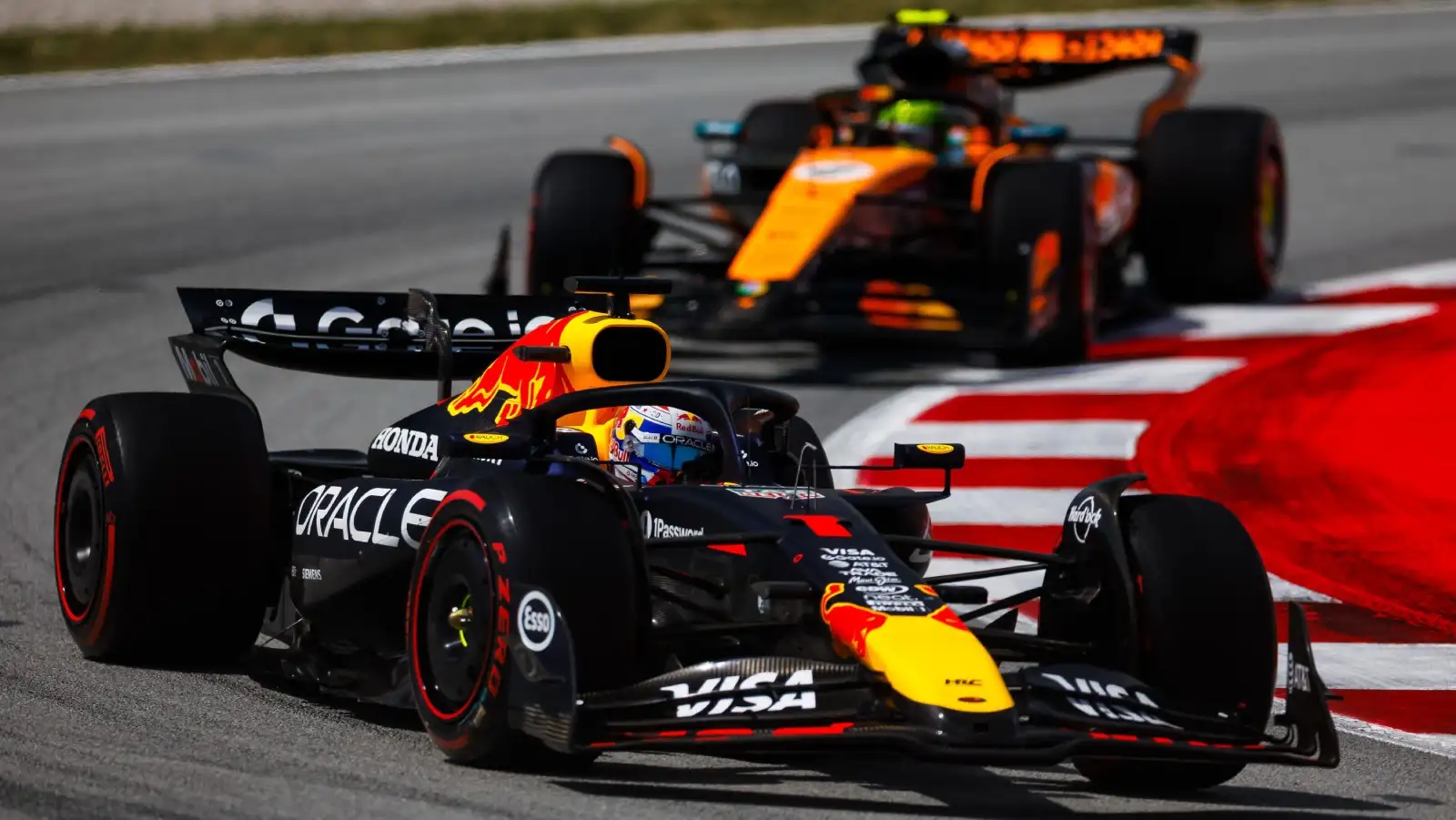In the ever-evolving drama of Formula 1, Carlos Sainz’s decision to join Williams has caught many by surprise. With whispers of a Mercedes engine deal, the move is more than just a shift in teams. It marks a new chapter in Sainz’s career, one that’s filled with potential and promise.
Flavio Briatore, a name synonymous with influence in the racing world, left no stone unturned to bring Sainz to Alpine. However, the Spaniard’s heart is set on reviving Williams, a team he deems historic. The journey to this decision was rife with speculation and strategic plays, some more public than others.
Briatore’s Strategic Maneuvers
Flavio Briatore, known for his bold moves, sought to secure Carlos Sainz’s talents for Alpine. The plan was ambitious, leveraging a potential Mercedes engine partnership to lure Sainz. Despite Briatore’s efforts and his position as executive advisor to Renault CEO Luca de Meo, Sainz opted for a different challenge.
The Allure of Williams
Carlos Sainz’s selection of Williams is rooted in history and ambition. The team, last at the top of the grid in 1997, represents a nostalgic opportunity for revival. Sainz sees potential in Williams, citing its storied past and the chance to reshape its future. It’s a commitment to rebuild and aim high again.
Sainz is eager to work with Williams’ leadership, keen on the possibilities that the team’s culture and heritage present. James Vowles, the team principal, has been credited with influencing Sainz’s decision, establishing trust and vision for a shared future.
Alpine’s Missed Opportunity
Alpine, despite its tenacity, missed out on Sainz. The team, amidst internal changes and leadership transitions, struggled to maintain a competitive edge. Briatore’s Mercedes incentive was compelling yet ultimately insufficient.
Recent leadership changes at Alpine added to the uncertainty. Bruno Famin’s departure marked another upheaval, leading Sainz to seek stability elsewhere. The prospect of Renault exiting the power unit industry also weighed heavily in the decision.
Alpine needed to project confidence and clarity in its strategies, something it did not fully achieve during negotiations with Sainz.
Mercedes’ Factor
The potential Mercedes engine deal was a significant part of the negotiations. Briatore used this as a key bargaining chip, aiming to entice Sainz with the promise of competitive power.
For Sainz, however, the mechanical advantage wasn’t everything. It was more about the environment and the vision that Williams provided him. The Mercedes connection, while attractive, couldn’t sway his decision completely.
Williams remains a meritorious option, with its historical significance and cultural ethos appealing more strongly to Sainz’s career goals.
Sainz’s Vision for Williams
Carlos Sainz’s ambition is clear: to bring Williams back to the forefront of F1. He sees all the ingredients available to achieve this, from leadership to team spirit.
His enthusiasm to follow in the footsteps of his heroes adds a personal motivation. The commitment from Williams’ board and leadership has been pivotal, reinforcing Sainz’s confidence in his choice.
Challenges and Opportunities Ahead
Sainz faces a blend of challenges and opportunities with Williams. The path to the top requires innovation, collaboration, and perseverance. With the new regulatory era on the horizon, there’s a chance for teams like Williams to redefine their status.
The Formula 1 landscape in 2026 could be vastly different, offering fresh chances for teams willing to adapt. Sainz is aware of the roadblocks but remains optimistic about driving change.
The new regulations could offer Williams an edge, something Sainz is keen to exploit as they work towards their goals.
Leadership and Legacy
James Vowles’s role as Williams’ team principal has been instrumental. His leadership style has helped attract Sainz and set a tone for future success.
There’s a mutual respect between Vowles and Sainz. Both share a vision of restoring Williams’ former glory, making the partnership promising.
Carlos Sainz’s Reflections
Reflecting on his decision, Sainz is confident and optimistic. His focus is on the journey ahead and the potential it holds for growth.
The decision to join Williams is not just about personal gain but about contributing to a historic team’s legacy. It’s an exciting new adventure.
Formula 1’s Dynamic Market
The market dynamics of Formula 1 have been unpredictable, with driver moves causing ripple effects across teams. Sainz’s switch to Williams is a prime example of this fluidity.
This decision came after much deliberation, considering various teams and offers, showcasing Sainz’s calculated approach to his career.
Carlos Sainz’s move to Williams signals a shift in his career, filled with hope and ambition. Embracing the challenge, he aims to resurrect Williams’ legacy. The decision reflects his belief in the team’s potential and desire to make a lasting impact in Formula 1.
